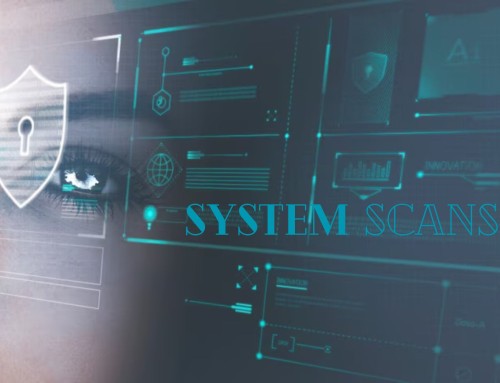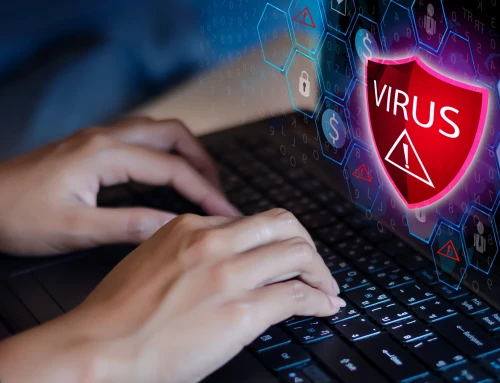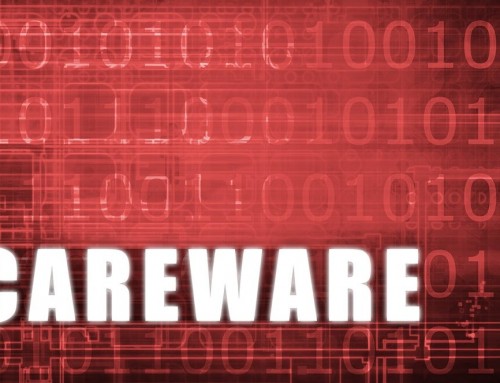Threat Detection
Ensuring the safety and security of people and vital infrastructures is essential in a world that is constantly changing. Threats can appear in many different ways, such as physical dangers, cybersecurity breaches, and even new risks. The use of cutting-edge solutions for threat detection has significantly changed as a result of technological advancements. These innovative technologies provide fresh chances to spot and reduce potential risks, making it possible to build safer environments. The function of technology in threat detection and the various techniques used to strengthen security measures are both covered in this article.
Video Analytics and Surveillance:
Threat detection is greatly aided by video analytics, particularly in public areas, busy transport hubs, and critical infrastructure. Modern video surveillance systems analyze video feeds and automatically spot suspicious activity or objects using computer vision algorithms. With the help of these systems, which can spot suspicious activity, abandon items, or unauthoriz access, potential threats can be stopped in their tracks and early intervention made possible. The identification and tracking of people of interest are improved by combining facial recognition technology with video surveillance.
Artificial intelligence and machine learning: The abilities for detecting threats have been completely transform by AI and ML. AI-power systems can find patterns and anomalies that might point to a potential threat by analyzing enormous amounts of data. These innovations
Biometric Technologies:
Threat detection has benefit from the rise of biometric technologies like fingerprint scanning, iris recognition, and facial recognition. With the help of this technology, people can be identifie. And their identity can be verified with a high degree of accuracy and reliability. Biometric authentication systems are widely used in law enforcement agencies, border security and access control systems.These technologies assist in quickly identifying potential risks by accurately matching biometric data against databases of known threats or suspects.
Sensor Networks and IoT:
IoT device proliferation has made it possible to build sensor networks that can track and identify various threats in real time. These networks contain sensors that can pick up on seismic activity, chemical leaks, environmental hazards, and even unusual crowd behavior. Sensor networks enable thorough threat detection and prompt response by combining data from various sources and using data fusion techniques.
Collaborative Intelligence and Information Sharing:
Threat detection is not exclusive to one company or other entity. In order to identify and stop threats on a larger scale, collaborative intelligence, and information sharing are essential. To stay ahead of potential risks, businesses, governments, and law enforcement agencies are sharing information and intelligence more frequently. Platforms that enable these collaborations make it possible to spot trends, patterns, and early warning signs that might go unnotic otherwise.
Conclusion:
In today’s complex world, threat detection is essential to maintaining security and safety. The ability to detect threats has been greatly improv by the integration of cutting-edge technologies like artificial intelligence, video analytics, biometrics, cybersecurity measures, sensor networks, and collaborative intelligence. By utilizing these technologies, businesses and government agencies are better able to identify and reduce potential risks, ultimately making the environment safer for people and safeguarding vital infrastructure. Future technological advancements hold even more promise for advancements going forward.
Cybersecurity Measures:
Cybersecurity threats have grown in importance for both organizations and individuals as the digital landscape develops. In the digital sphere, advanced cybersecurity measures are crucial for threat detection. Network monitoring tools, anomaly detection algorithms, and intrusion detection systems (IDS) continuously examine network traffic in search of unauthorized access attempts or suspicious activity. Platforms for threat intelligence also play a significant role in enabling organizations to proactively respond to potential cyberattacks by collecting and analyzing data about new threats.




